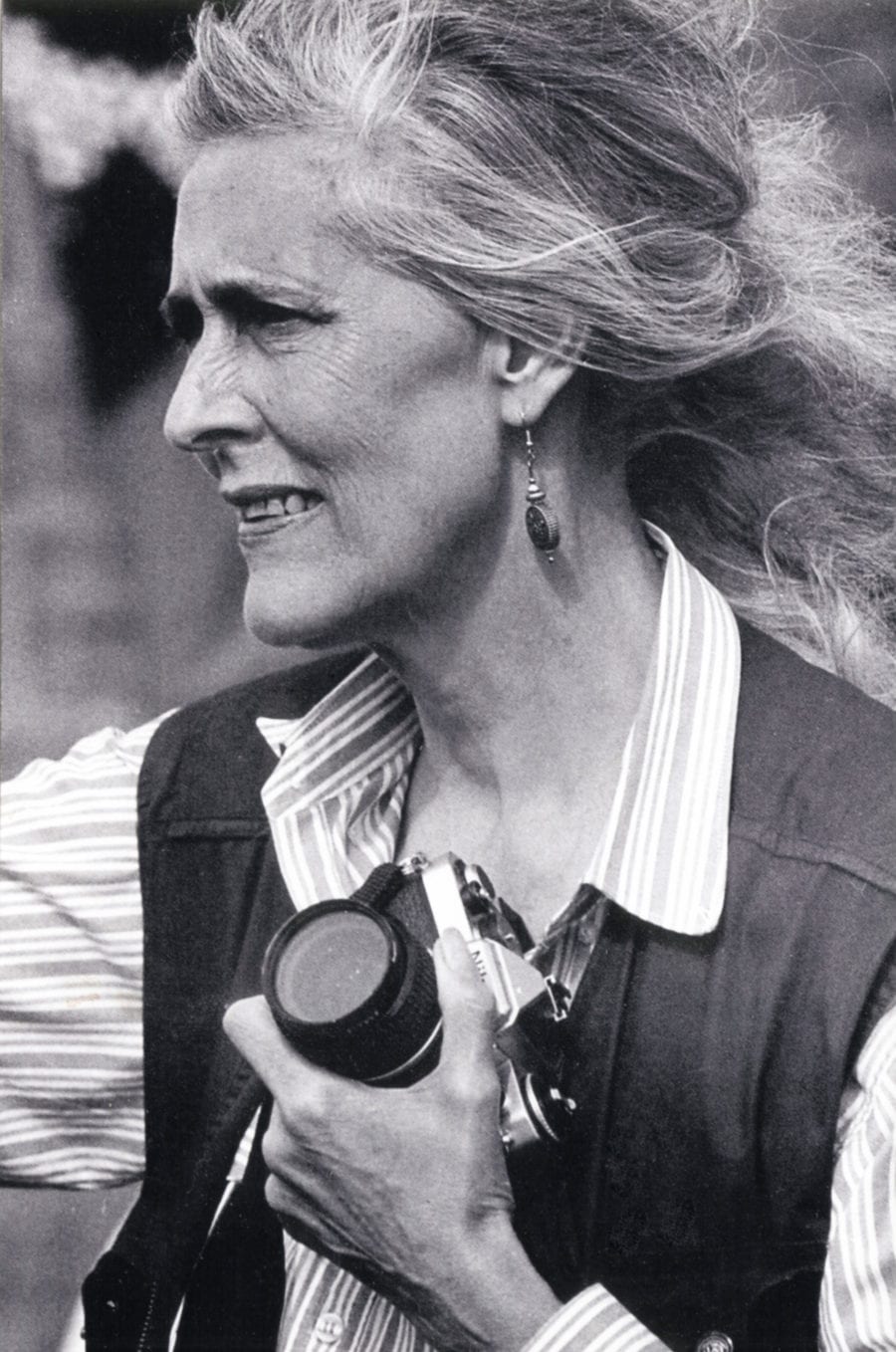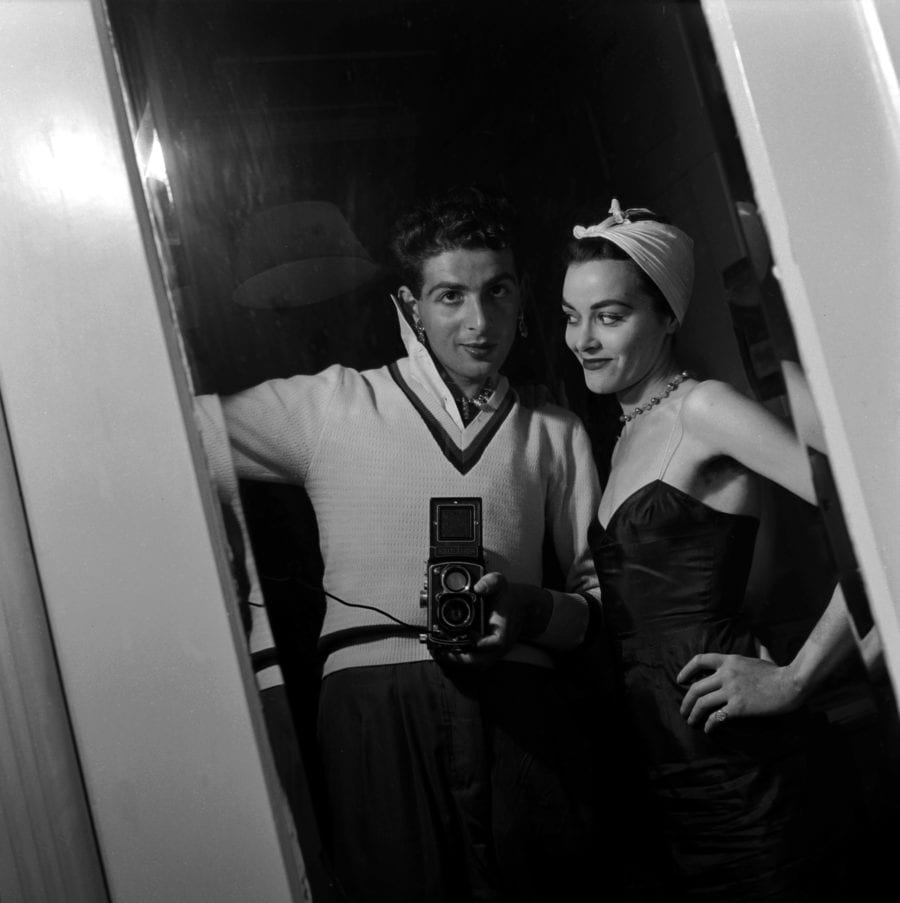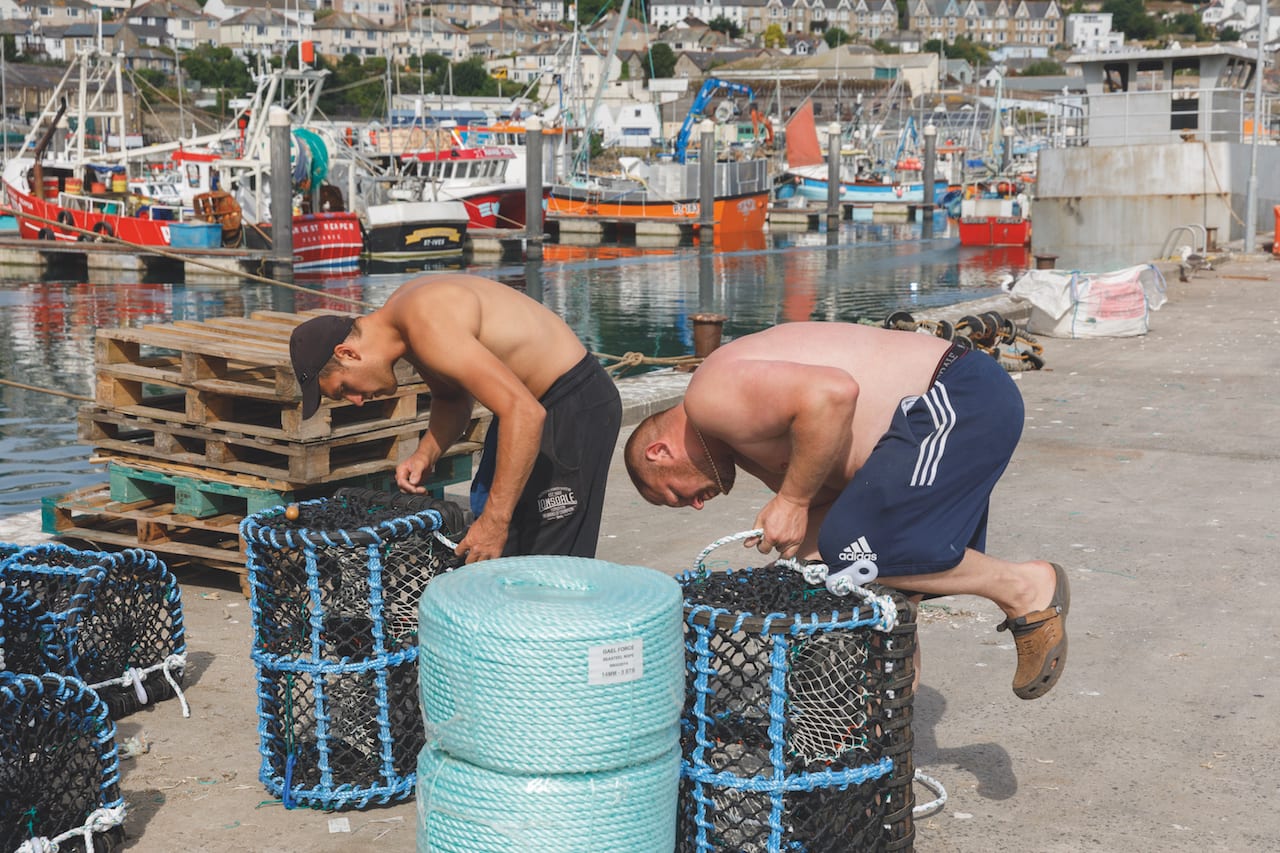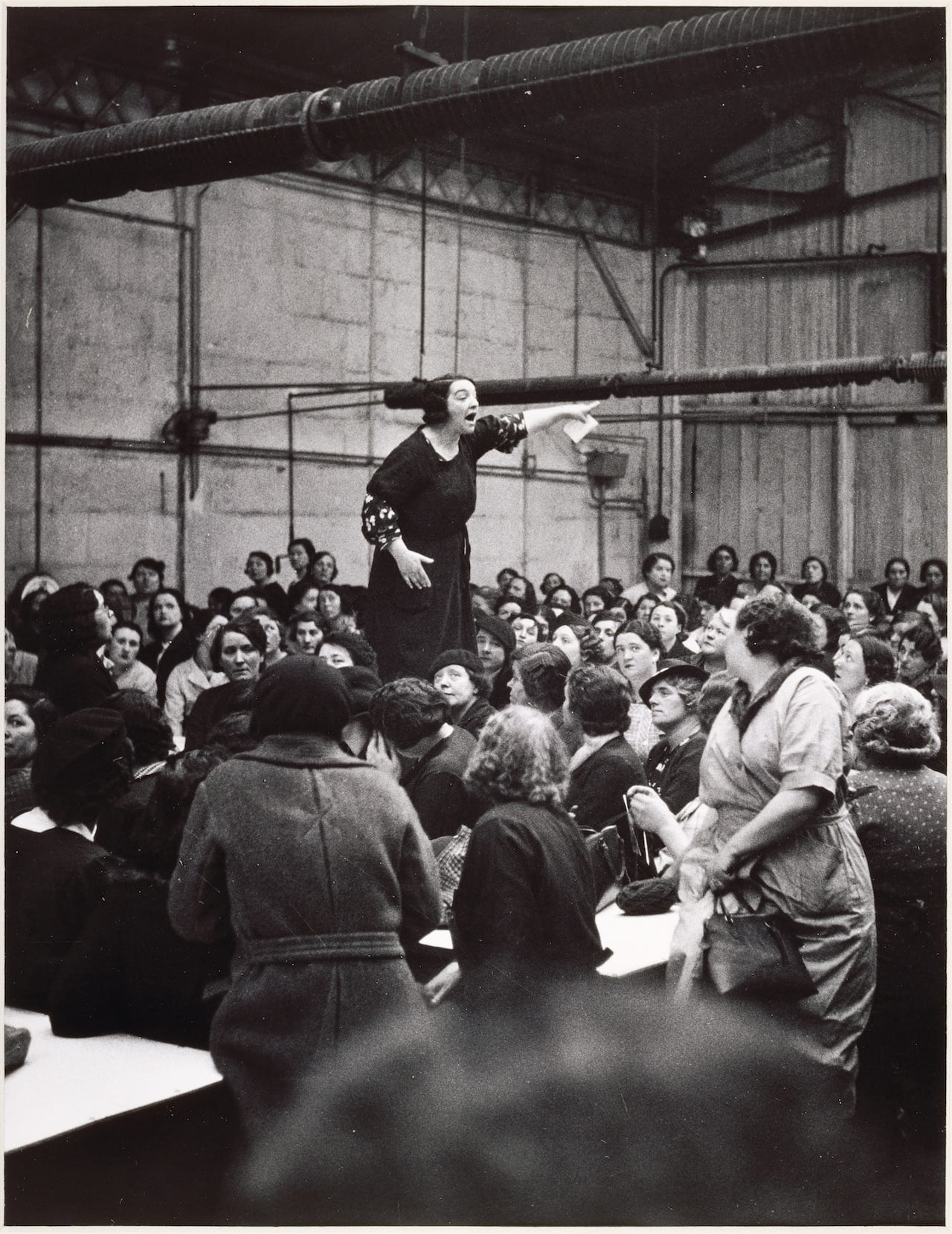The British photographer known for her trailblazing series documenting the joys and challenges in the lives of everyday women is remembered


The British photographer known for her trailblazing series documenting the joys and challenges in the lives of everyday women is remembered

Mentored by Henri Cartier-Bresson, the ‘Italian-born’ photographer will be remembered for his continual innovation across fashion and documentary photography

Mark Power reveals the first dispatch from his odyssey across the US to document the towns and landscapes of a country in flux, a decade-long project rooted in the influential work of his great American forebears of the 1930s

When the Portrait Gallery was established in London in the mid-19th century, its role was envisioned “to consist of those persons who are most honourably commemorated in British history”. Opening in an era when photography was still a new and untried technology, the National Portrait Gallery (as it later became known) was intended to be the national repository of the images, chiefly paintings and drawings, of those men and, much later, women who represented what was best among the British hierarchy of achievements, skills and aptitudes. Its function was to hold up a mirror to Britain that reflected its qualities back to those who came to observe them, as object lessons about how to aspire to, or more simply respect, the qualities and moral standing of the great and the good.
This conception of the NPG may still be widespread in the public mind, as even Martin Parr thought his work would be an ill-fit for a contemporary exhibition along these lines. “I never thought of myself as a portrait photographer,” he says, “and when I first met Phillip Prodger [NPG’s former head of photographs], I told him I had only a few celebrity portraits. I just put a lightbox together and sent them to him, though I was quite surprised at what I had.” Prodger, however, had other ideas, seeing in Parr the work of a social observer who could also offer a portrait of a nation at a key point in its history. So it is that the NPG put together Only Human, on show from 07 March to 27 May, bringing together some of Parr’s most famous photographs alongside a number of works never exhibited before.

From 07 November to 04 February, the Centre Pompidou in Paris is showing a striking exhibition on a little-known aspect of the roots of 20th century social documentary photography, Photographie, arme de classe [which roughly translates as ‘Photography as a weapon in the class struggle’]. Curated by Damarice Amao, Florian Ebner and Christian Joschke, the show deals with a comparatively unknown period in French photo history, from the end of the 1920s to the arrival of the Front populaire government of 1936 – when the socialist, communist and radical parties formed a short-lived coalition to govern France, with the tacit backing of the Soviet Union.
Photographer and activist Henri Tracol (1909-1997) was the first to formulate the idea that photography could be an “arme de classe”, in the tract he wrote for the photographer’s section of the Association des Écrivains et Artistes Revolutionnaires [‘Association of Revolutionary Writers and Artists’ aka the AEAR], formed in 1932. Although this communist front, Moscow-sponsored organisation only lasted a few years, it attracted many of the leading figures of the day from art, theatre, literature, architecture, and particularly photography. Those who joined were either fellow travellers or politically attached to communism, seeing it as a bastion against the twin evils of the time – fascism and capitalism.